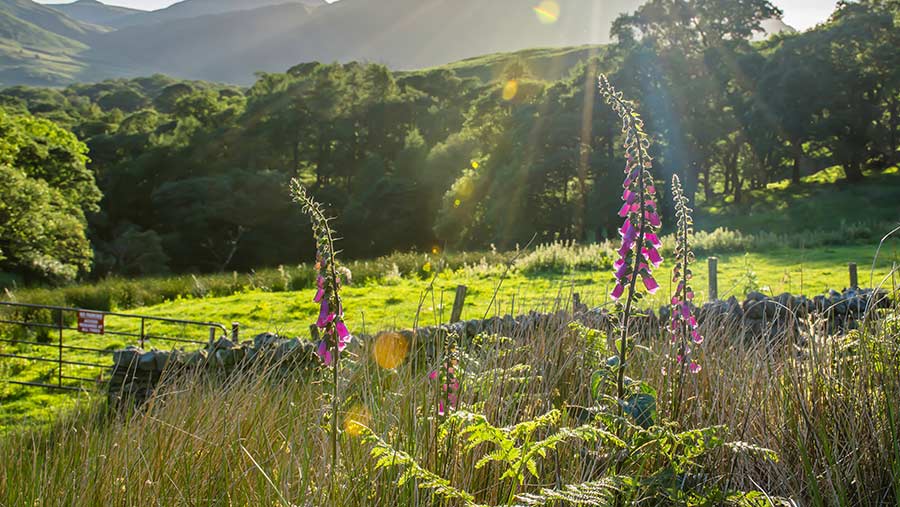Opinion: SFI is appealing, but will it help nature?
 © Jazzlove/Adobe Stock
© Jazzlove/Adobe Stock I am sure many of us have seen at least the headlines about the latest State of Nature report, and the inevitable farmer bashing that forms a big part of the conclusions.
The State of Nature document highlights endangered wildlife, from mammals and millipedes to fungi and plankton. The most threatened group of all appears to be birds, with 43% of species at risk.
Despite my previous misgivings about the latest Sustainable Farming Incentive (SFI) scheme (due mainly to its rather chaotic and confused nativity), I hope its implementation will have a beneficial impact on future reports.
Assuming, of course, a reasonable number of farms sign up.
See also: Opinion – hysteria about ‘killer cattle’ helps no one
I’ve spent the past couple of weeks talking to my farming contemporaries as we look through the various options available under SFI, which quite a few of us have applied to join.
Considering the last harvest has been, well, quite crap, and the pesticide junkies I know are bemoaning the difficulty of growing crops such as oilseed rape without their favourite insecticides and slug pellets, several are starting to look at some of the bird food and pollinator options as a possible break crop.
The AHDB is reporting that average gross margins for oilseed rape are £500-£600/ha, and beans are even less than that.
With the uncertainty and stress of harvest alongside the added machinery expenses involved in fertilising, spraying and combining the crop, a guaranteed £614/ha to grow a nectar and flower mix, or £732/ha to grow winter bird food, seems a bit of a no-brainer.
As an organic farmer looking for profitable ways to boost soil fertility, the £593/ha for a legume fallow is starting to look extremely tempting, too.
“But we’re here to feed the nation,” I hear you cry; the provision of food underpinning, in many farmers’ eyes, their entire raison d’être.
The funny thing is, in all my years in agriculture, I don’t recall anyone actually asking me to do this. And certain factions of the populace appear to be rather too well fed as it is.
But unless they start clamouring for food, or breaking down the door of my grain store to gorge on raw wheat and barley, I think I’ll be quite happy to adapt my farming system to whatever is on offer, within reason.
If, surfing the internet ocean, you wash up on the shores of certain agricultural discussion forums, you may encounter conspiracy theorists who regard the new Environmental Land Management scheme as evidence of a darker plot to strangle British farming.
If you believe some of their posts, I’d be a sucker for signing up.
But at least I’d be a sucker who is still in business and hopefully remembers enough about food production to bring a few acres back into the rotation when (or if) the need to do so resurfaces.
In the meantime, will all these swathes of farmland covered in bird and pollinator food help our wildlife?
If we’re not going to feed the humans, at least the birds and bees should be thriving across the envisaged thousands of acres devoted to them.
I fervently hope that the next State of Nature report will show some improvements in our stewardship of the environment, or the architects of the whole SFI scheme will surely be in for an industrial strength arse-kicking.
